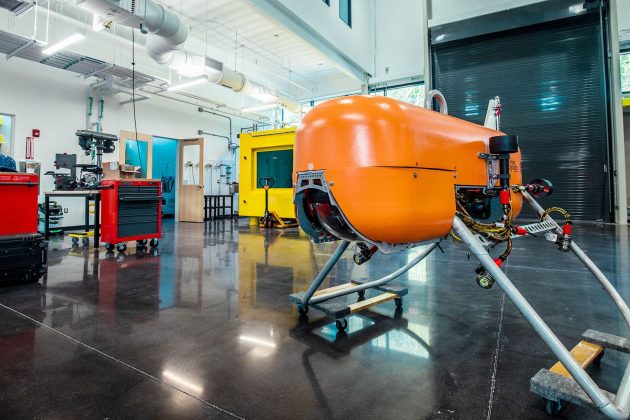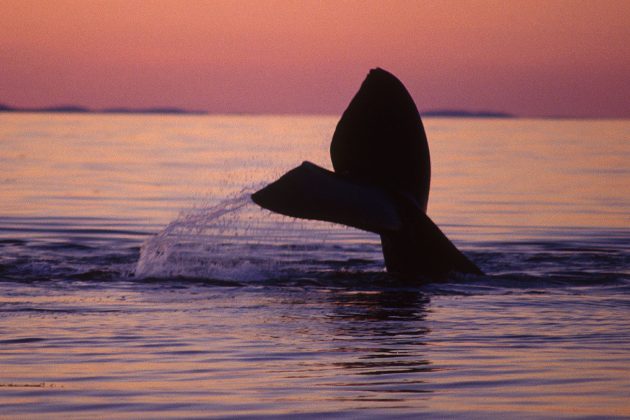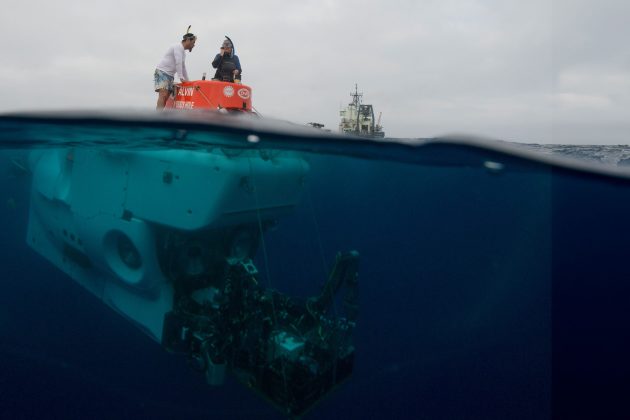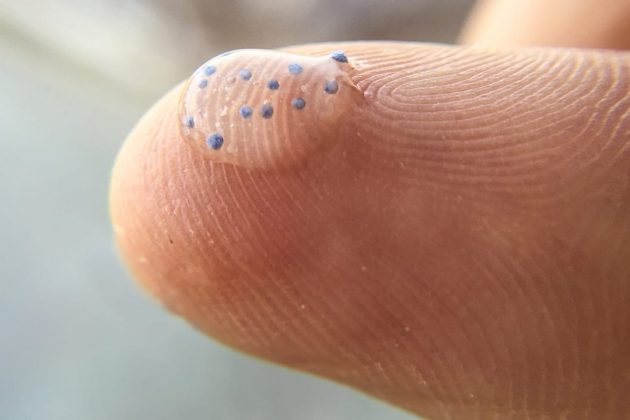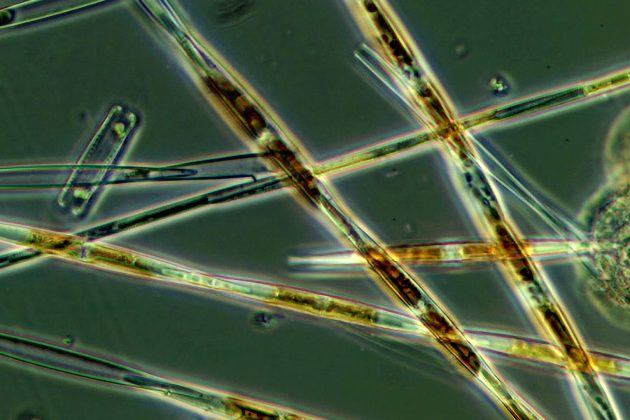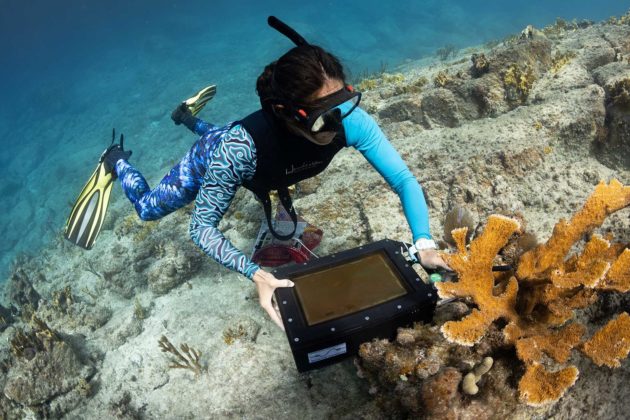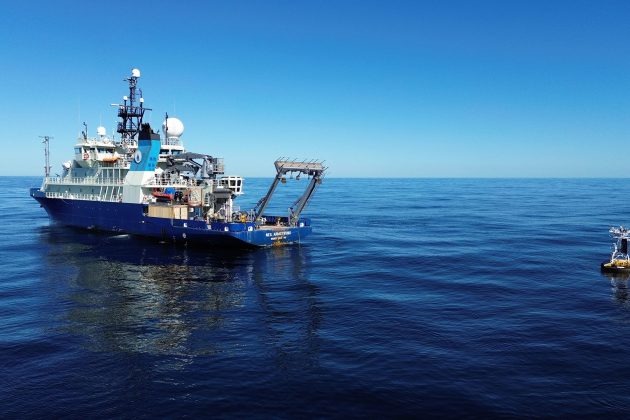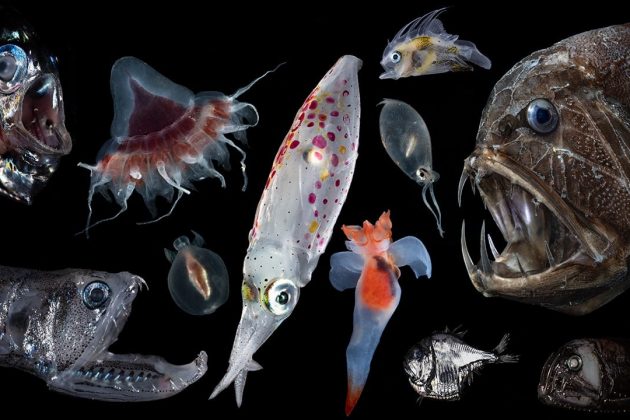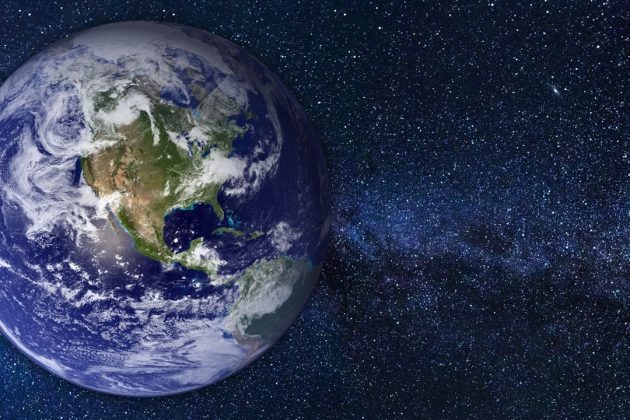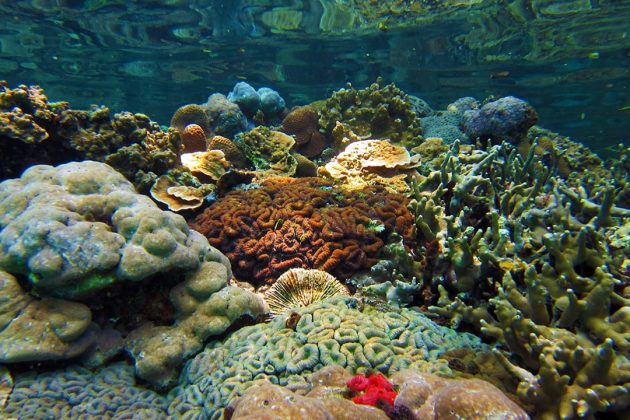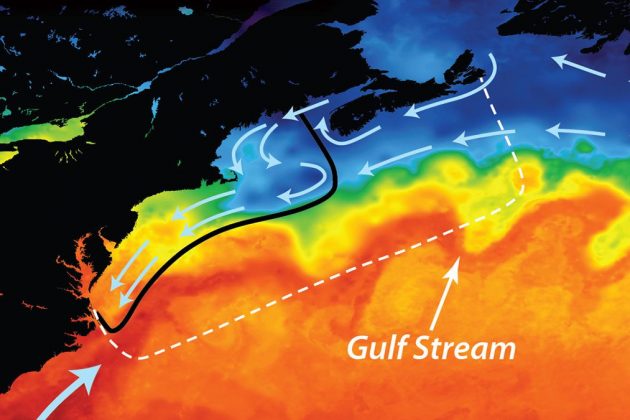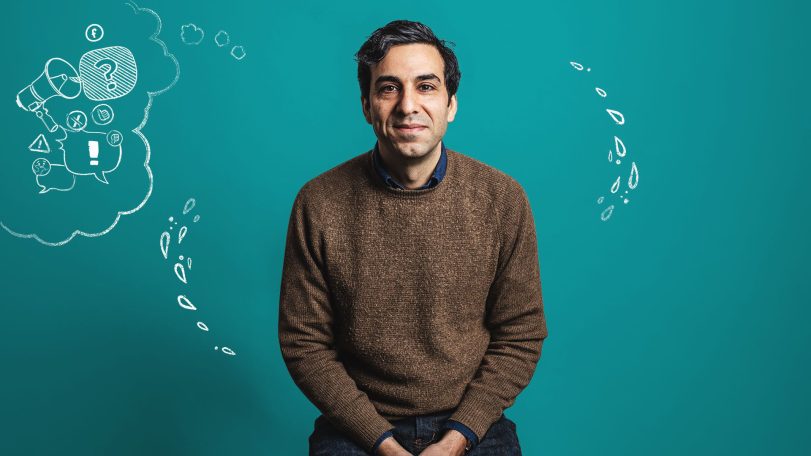Woods Hole Oceanographic Institution (WHOI) is the world’s leading independent non-profit dedicated to ocean science, technology, education, and communication. Our work fuels economic growth, strengthens national security, and improves lives and livelihoods by advancing the frontiers of knowledge and accelerating the search for solutions to some of our most pressing challenges.
WHAT WE DO
We tackle critical questions about our ocean planet, with practical applications for human lives and livelihoods. Our innovations in science and engineering fuel sustainable economic growth, safeguard coastal communities and marine resources, and strengthen American leadership in ocean science.
The ocean is one of our planet's last frontiers—and access is key to understanding how it supports life on Earth. Our fleet of research vessels and underwater vehicles enable scientists to push the boundaries of knowledge about our ocean planet and ensure a safer, healthier, and more prosperous world for all.
We’re equipping the next generation of ocean leaders with the knowledge and skills to tackle the complex challenges facing humanity. Our prestigious academic programs provide access to many of the best minds in ocean science, cutting-edge research facilities, and unparalleled access to the sea.
We translate ocean science into knowledge people can use. Through stories, media, events, and trusted publications like Oceanus magazine, we share vital discoveries to support informed decisions—protecting our ocean, strengthening our nation, and securing a better future for humanity and the planet.
SCIENCE WITH IMPACT
Get the ocean in your inbox!
Sign up for our weekly newsletter to discover what's making waves in the world of ocean science.





